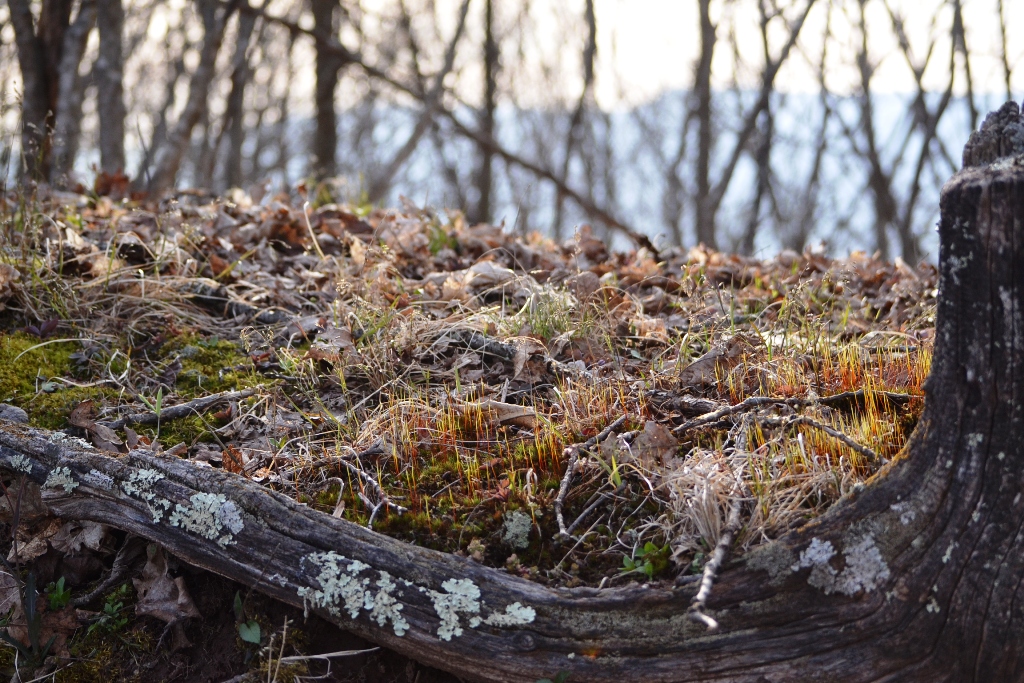The past week has brought a transformation here, both as we have checked off some big tasks
and as the children's moods have shifted in a big way. After supper last night, they involved themselves in extended train play, with tokens to pass between stations, an infirmary, and office workers. The transitions between all those things were largely seamless, disputes were handled good-naturedly, and the coming of bedtime song was met happily. It was
amazing.
I wanted to elaborate more on self-directed play, especially since I
have seen such an improvement in this area. With my children being the
center of my efforts, I have been free to begin to shape things around
their needs and mine. This is very freeing for all of us. Furniture
has been moved, added, removed, and so on. Feeling so crowded
previously, it is so nice to have some space and flexibility. I have
chosen to go back to a kindergarten mood, with a corner to be quiet (or
have sheep) in, more house play, more vehicle play, more
everything play.

The weather has cooperated by being cold and wet, so time inside has
been quite welcome. The children all took turns at their own pillow
houses, as they called them, sometimes sharing and sometimes not. There
was some possessiveness over these houses, but each owner still felt it
was nice for them to have them for a time. Willow's house is below.
Just as I had lost hope in her "good ole days" of play, she has
surprised me. I had a feeling she needed some of that familiar
activity, in addition to her time spent on higher pursuits, like Nancy
Drew and piano. Perhaps, through healthy play, she is freed from the feeling of being the oldest? I am interested to see how things go.
I really wanted to share more about
Supporting Self-Directed Play.
I found the book to be immeasurably helpful in a home setting with
multiple children. I've read nearly all the Waldorf titles and scoured the
Online Waldorf Library, and this is the best resource I've found. It discusses the kinds of self-directed play children engage in (mandalas!), gives numerous accounts from teachers, and provides many helpful photos. There are pictures that are very familiar to me! It also gives charts with differences between children who are well engaged in their self-directed play and those who are struggling.
Time and again, in my parenting journey, I've found that there is not some magic spell that changes everything. And yet, there are moments when everything changes. What has shifted? Has the world suddenly become easy? Not in the least! I have simply looked at the same thing with renewed eyes or returned to something that was allowed to fade away. Often, it is my own change of heart that allows things to get past a sticky spot and move on a more even keel. This book stresses that the inner life of the teacher matters greatly.
I wanted to share a short list of books that I think are essential to understanding children's play, in addition to
Supporting Self-Directed Play:
- Toymaking with Children by Freya Jaffke :: This book discusses the stages in play between birth and seven, along with recommended playthings for each age range. It includes instructions for Waldorf dolls, play stands, knitted cords, bunting beds, wooden toys, silk marionettes, and the very open-ended toys seen in kindergartens.
- Children at Play by Heidi Britz-Crecelius :: Consider this a history of play. The author collected numerous first-hand experiences, along with those from literature, of how children played up to the age of ten or so. All age ranges are discussed, with particular interest in older children who were able to have "free-range" experiences. It includes "The Day We Flew the Kites," a personal favorite of mine.
- Spindrift from Wynstones :: This is part of a seasonal collection that I really love, but this book stands out as a good all-around resource. It has verses for work and play, songs in the pentatonic scale, and a large number of stories from around the world. The children enjoy hearing them time and again. I include it because I think it can inspire everyday work to be more playful, and it can provide material for circle times and read-alouds.
- Work and Play in Early Childhood by Freya Jaffke :: I guess you can figure that I like what she has to say, and I appreciate the wisdom of older Waldorf teachers. This book offers more detail on how children play, with color photos and suggestions for inner work for teachers. I enjoy books with photos, because I like my children to see how other children play and work in a similar setting.
Lastly, I'd like to include some videos that show children at play in Waldorf Early Childhood settings:

It's time for me to get on with other work, though you can tell that I am so pleased to be writing about this topic and our improvements. I wanted to share a few final thoughts. Things have been messier, the best kind of messes-- the kind that are alive and energetic, calm and thoughtful. I thought this quote from
Supporting Self-Directed Play really captured what the children are doing when they play:
We have built the whole world.





























